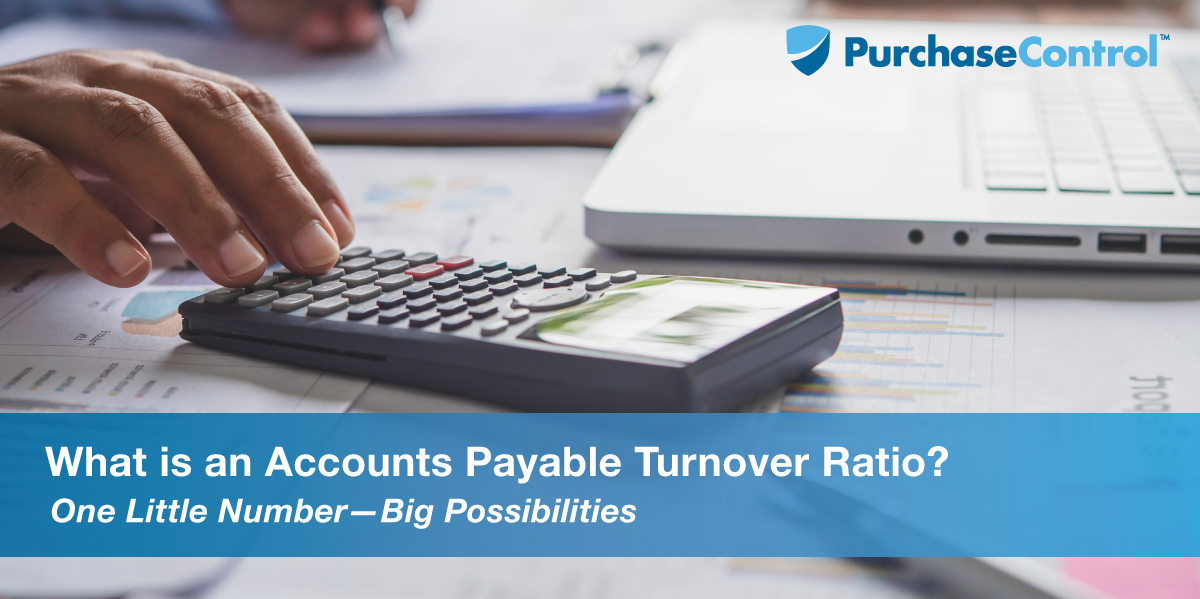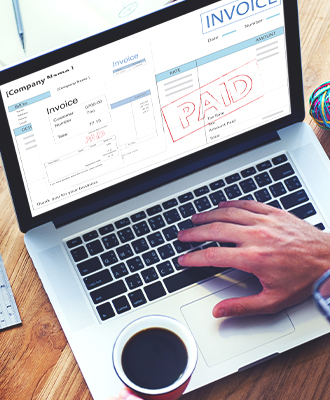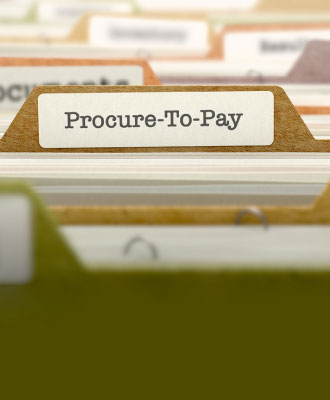Into every life—personal or professional—expenses must fall. And when it’s time to pay the piper, how effectively and efficiently your company handles accounts payable can be as important as when and what you pay. Striking a balance between cash on hand and keeping your creditors happy is a dance whose steps take careful practice to master.
Payables turnover is one of the most important financial ratios for your company’s financial statements. By understanding how the accounts payable turnover ratio works, you can better control how your company pays for goods and services while retaining the liquidity you need to support short- and long-term goals.
Accounts Payable Turnover Ratio Defined
Also known as payable turnover ratio or creditors’ turnover ratio, the accounts payable turnover ratio measures the number of times a company pays its creditors in a given accounting period. It’s what’s known as a liquidity ratio, which measures the relationship between a company’s liquid assets and its current liabilities. The accounts payable turnover ratio measures short-term liquidity; generally speaking, the higher it is, the better things are for your company’s cash flow and credit rating.
High ratios are common when vendors expect payment quickly, or offer discounts for early payment. Companies working to strengthen or rebuild their credit rating will also seek to establish the highest possible ratio they can, as this makes them more attractive to creditors.
Conversely, a low or decreasing ratio tells creditors your company pays their suppliers more slowly. While this could be a sign of cash flow problems or potential financial distress, it’s also possible that a company with a lower ratio simply excels at timely payment or has worked very hard to establish favorable credit terms with their suppliers and make payments less frequently without any associated fees or penalties.
Calculating the Accounts Payable Turnover Ratio
To calculate the proper values, use the following payable turnover ratio formula:
Payable Turnover Ratio (PTR) = Net Credit Purchases Average Accounts Payable (AAP)
Depending on your company’s accounts, you may also use cost of sales or cost of goods sold (COGS) rather than total purchases (Net Credit Purchases) in the above formula.
To calculate the Average Accounts Payable balance, add the total values for accounts payable at the beginning of the accounting period to the total value for accounts payable at the end of the accounting period and divide by two.
Breaking Accounts Payable Turnover into Days
The average number of days that a payable remains unpaid, also known as days payable outstanding (DPO), is calculated by dividing the accounts payable turnover ratio into the number of days in a year. This is similar to accounts receivable, where receivable turnover is measured with a value known as days receivable outstanding, or DRO.
Payable Turnover in Days = 365 ÷ Payable Turnover Ratio
Sample Accounts Payable Turnover Ratio
Let’s say Company A reported total annual purchases on credit of $165,000 and returns of $25,000 for the year ending on December 31st, 2018. The company recorded $14,750 for accounts payable at the beginning of the year, and $21,854 at the end.
Plugging these values into our formulae, we first calculate Average Accounts Payable amount:
AAP = ($14,750 + $21,854) ÷ 2
AAP = $36,604 ÷ 2
AAP = $18,302
Then we plug that value into our formula for PTR:
PTR = ($165,000 – $25,000) ÷ $18,302
PTR = 7.65
Based on these calculations, Company A’s accounts payable turned over 7.65 times over the course of the fiscal year. For simplicity’s sake and accounting purposes, this value may be rounded to 7.7 or even 8, depending on how aggressively Company A rounds.
To get our DPO value, we can simply divide our PTR value into 365, like so:
DPO = 365 ÷ 7.7
DPO = 47.4
On average, Company A takes 47.4 days to pay its vendors.
Why A High Accounts Payable Turnover Ratio Matters
Because it provides an excellent indicator of short-term liquidity, the accounts payable turnover ratio is a useful tool in establishing creditworthiness. With a high ratio, it’s clear your company is in fine financial condition and making prompt payment for purchases made on credit.
Building a high ratio relies heavily on the credit terms offered by suppliers. However, if your company has the clout to secure better credit terms, your ratio may be lower than usual without necessarily affecting perceived creditworthiness. If you have the opportunity to negotiate optimally favorable payment terms, or take advantage of early payment discounts, go for it—doing so will support a more robust cash flow.
In practice, the true value of a company’s turnover ratio is found in comparison to the company’s industry peers. If (for example) your company’s ratio is 3, but all your competitors have a ratio in the neighborhood of 5, then it might be time to make some changes.
Building a Better Balance Sheet
The accounts payable turnover ratio, especially as expressed as DPO, has a powerful effect on your company’s ability to perform financial analysis and forecast effectively. Let’s say that Company A uses COGS in their forecasting, and it takes, on average, 30 days to be paid. You can use this data to forecast accounts payable balance by multiplying COGS by 30, and then dividing by the days in your reporting period.
(COGS x 30) ÷ (Days in Accounting Period) = AP Balance
Get Your Money’s Worth
Ratio analysis might be part of basic accounting fundamentals, but it can have a very complex role in liquidity. Hit the sweet spot between supplier credit terms, discounts, and payment cycles, and you’ll keep your credit high and the cash flowing.
Increase Your Accounts Payable Turnover Ratio With PurchaseControl
Find Out How








